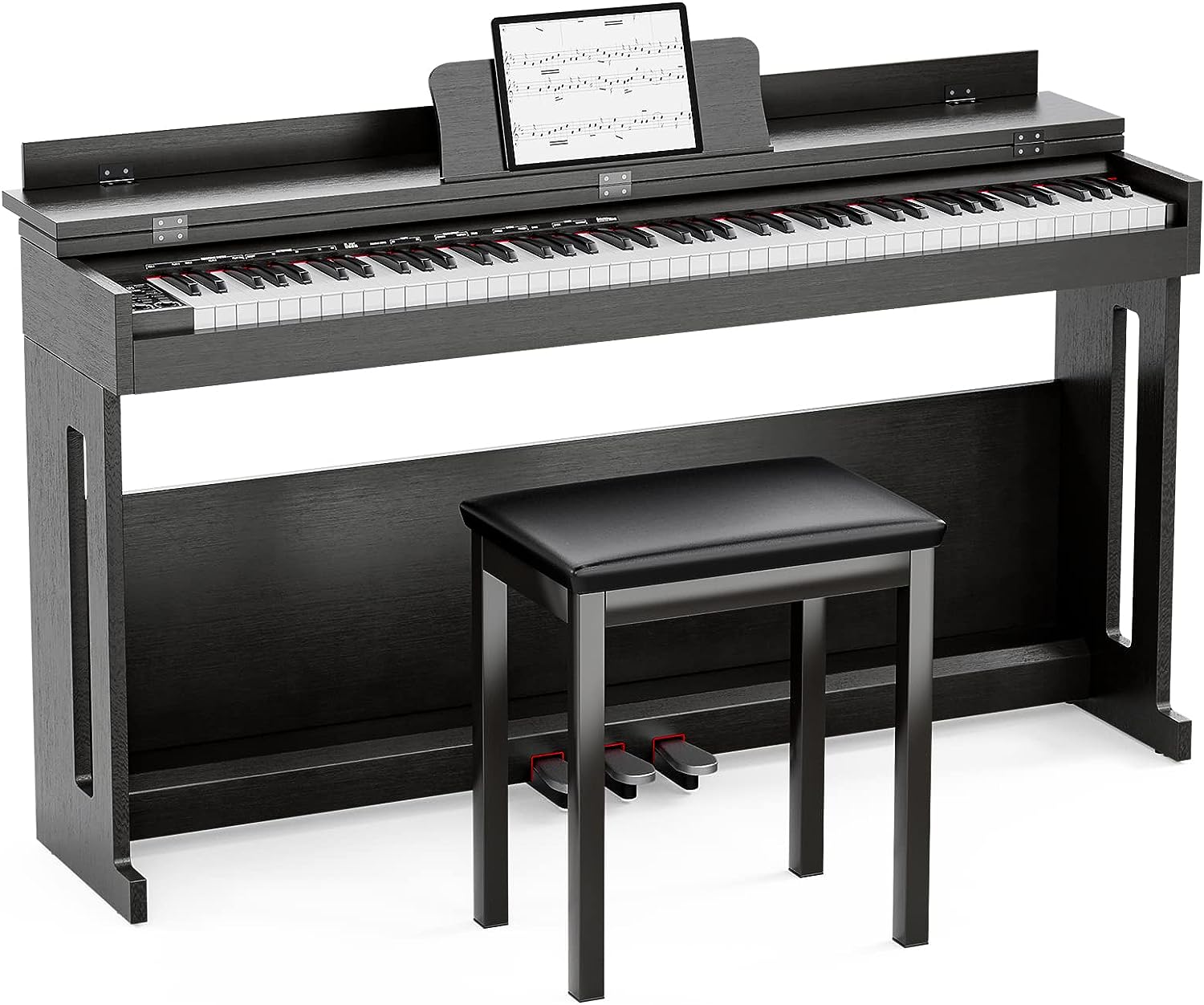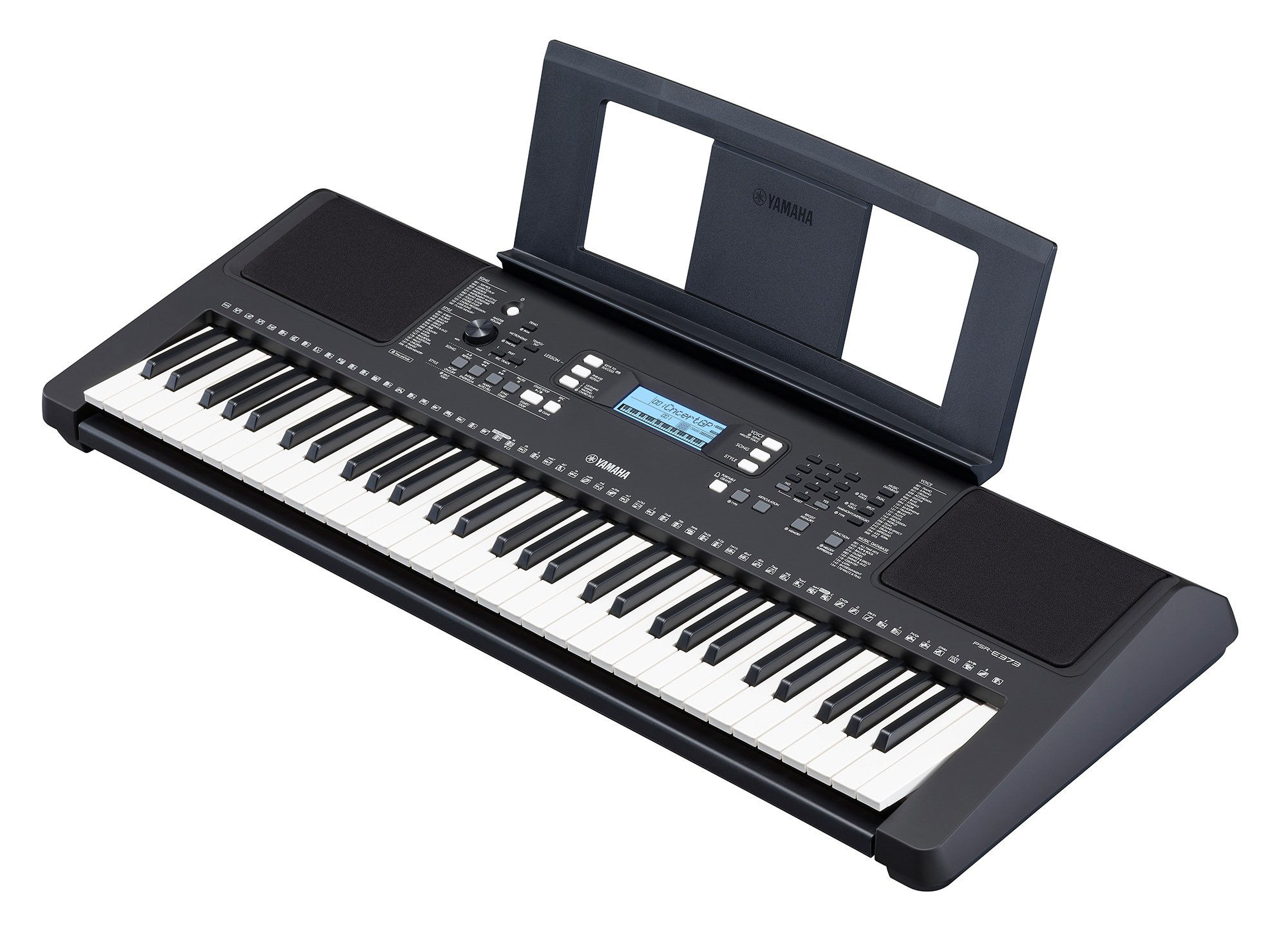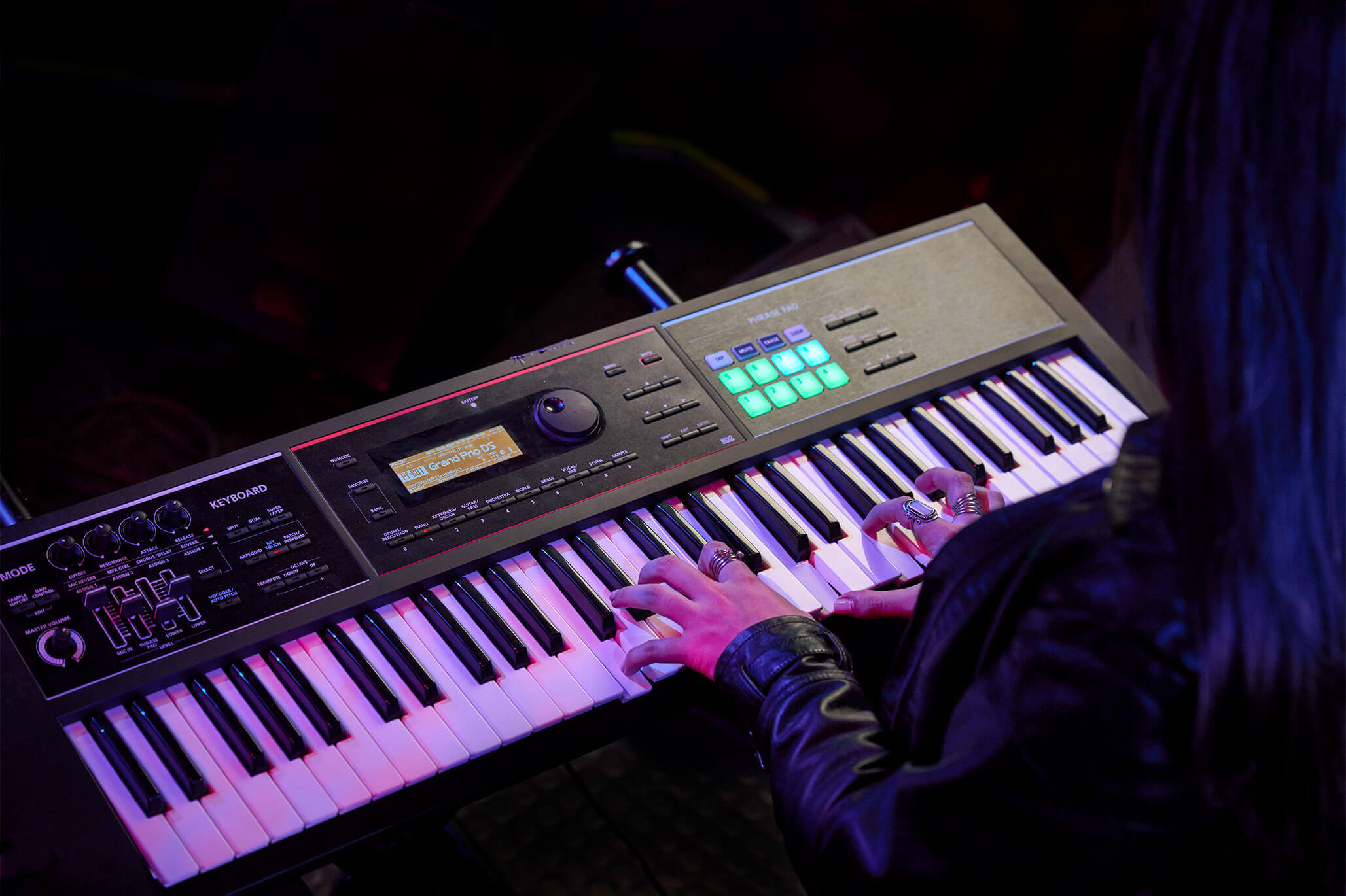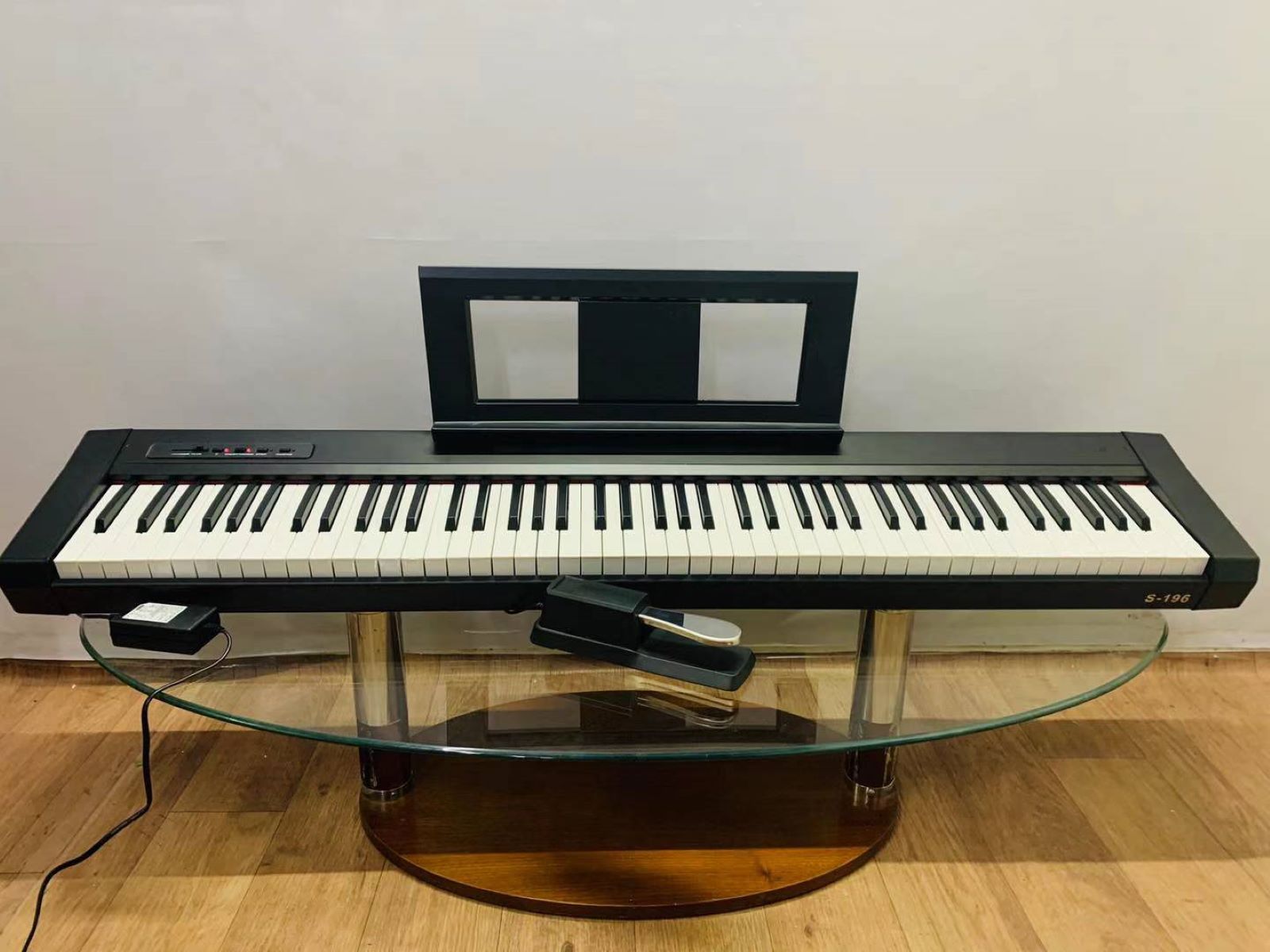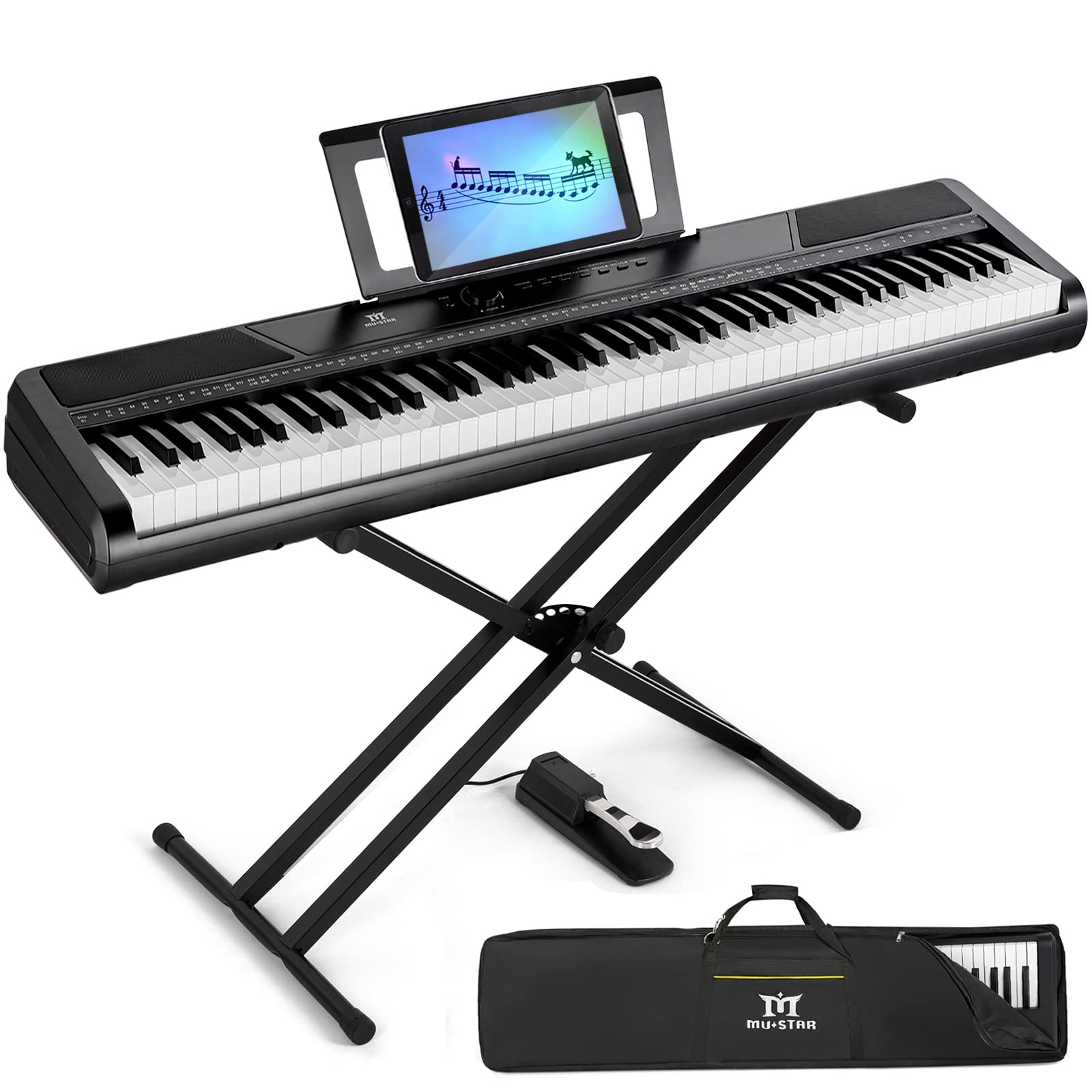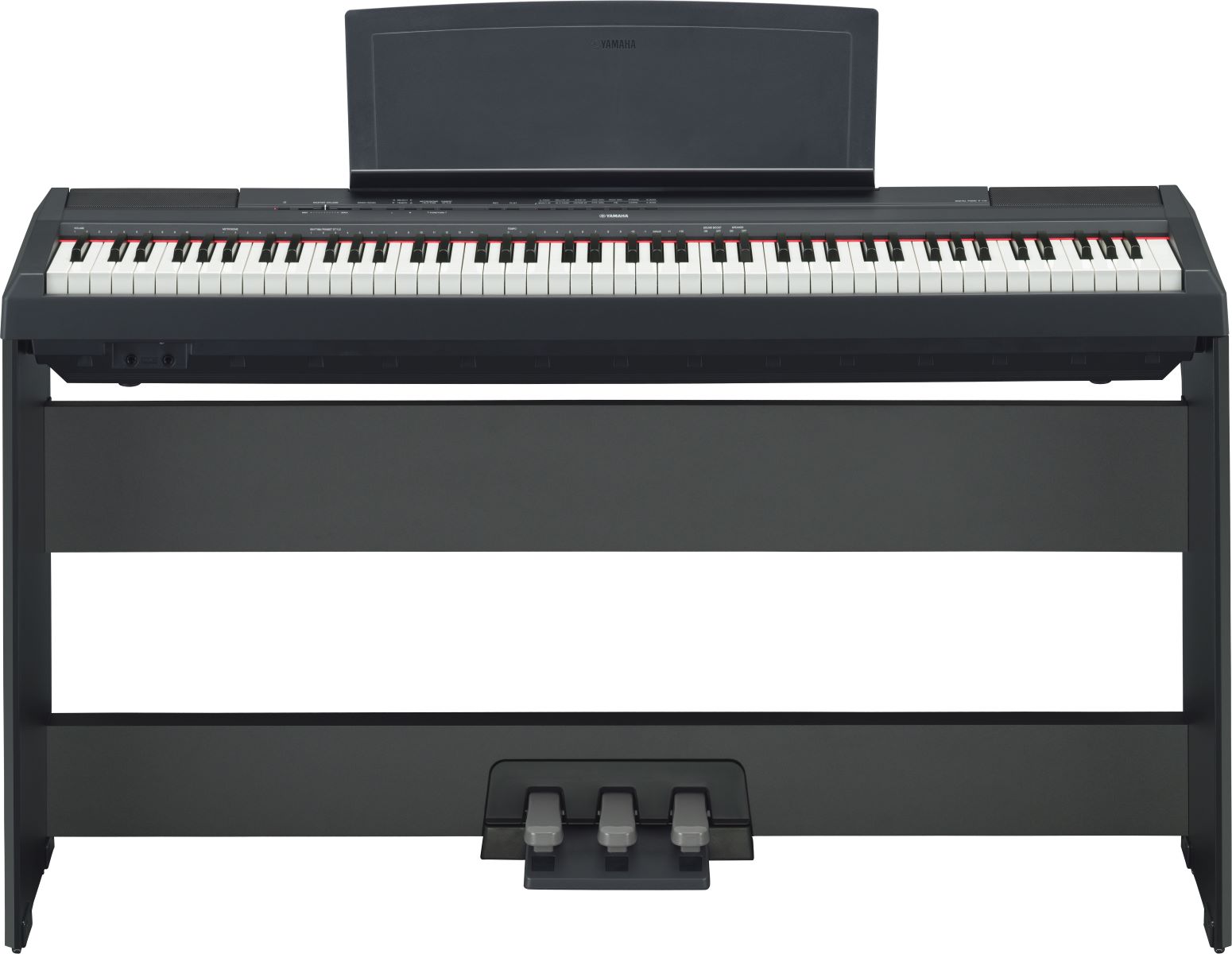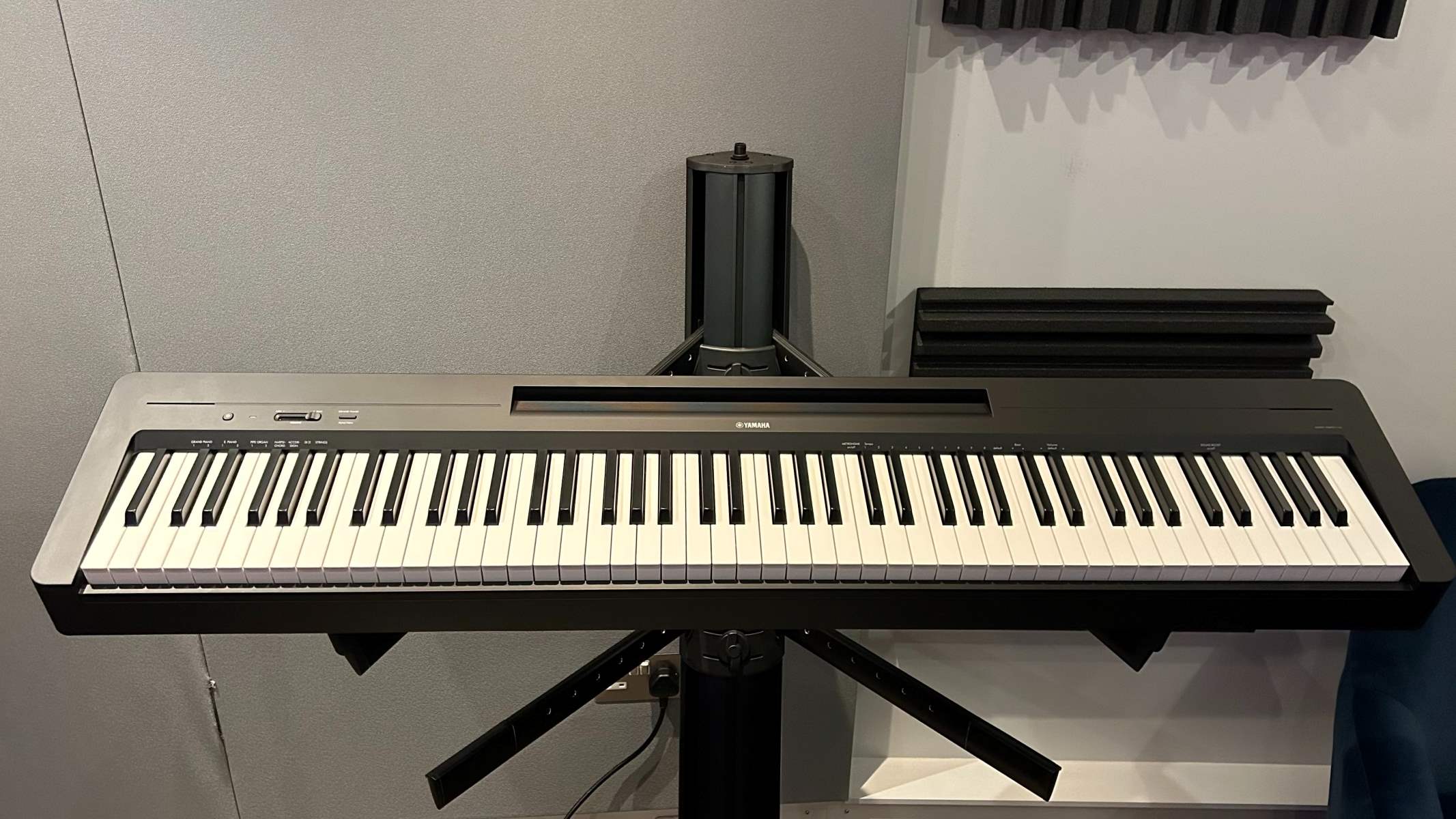Introduction
Are you a pianist looking to effortlessly change the key of a song without having to learn and play it in a different key? Yamaha digital pianos offer a convenient solution through their transposition function. Whether you're a beginner or a seasoned musician, understanding how to set a Yamaha digital piano to transpose can greatly enhance your playing experience.
In this guide, we'll delve into the step-by-step process of utilizing the transposition feature on a Yamaha digital piano. By the end, you'll have a clear grasp of how to seamlessly shift the pitch of your instrument, allowing you to play in a comfortable key without the need for complex chord transitions or note adjustments.
Let's embark on this journey to unlock the transposition capabilities of your Yamaha digital piano, empowering you to play your favorite pieces in the key that best suits your vocal range or musical preferences.
Whether you're practicing, performing, or simply exploring different musical expressions, the transposition function can be a valuable tool in your musical arsenal. So, let's dive into the details of setting up this feature on your Yamaha digital piano and discover the ease and versatility it brings to your musical endeavors.
What is Transposition?
Transposition is a fundamental concept in music that involves shifting all the notes of a piece by a consistent interval, thereby changing the overall pitch without altering the song’s inherent structure or melody. This process allows musicians to play a piece in a different key without necessitating a complete relearning of the musical composition. In the context of a Yamaha digital piano, the transposition function enables players to accomplish this key shift effortlessly, opening up a world of musical possibilities.
By employing transposition, pianists can adapt a song to better suit their vocal range, accommodate the preferences of accompanying musicians, or match the key of another instrument. For instance, if a piece is originally composed in the key of C major but is better suited to your vocal range in the key of G major, transposing the piano allows for seamless adaptation without the need to mentally recalibrate the notes and chords.
Furthermore, transposition serves as a valuable tool for music educators and composers. It facilitates the exploration of various tonalities and aids in teaching music theory concepts by demonstrating the relationship between different keys. Additionally, composers can experiment with different emotional qualities and textures inherent in varying keys, offering a fresh perspective on their musical creations.
Understanding transposition not only enhances a musician’s adaptability but also broadens their musical fluency. With the transposition function on a Yamaha digital piano, this process becomes remarkably straightforward, empowering pianists to explore diverse musical landscapes and perform with confidence in any key.
Step 1: Power on the Yamaha Digital Piano
Before delving into the transposition process, ensure that your Yamaha digital piano is powered on and ready for operation. Locate the power button, typically situated on the instrument’s control panel or integrated into the keyboard itself. Once you’ve located the power button, press it to initiate the startup sequence.
As the piano powers on, you’ll notice the display panel illuminating, indicating that the instrument is initializing. Depending on the model, you may also hear a brief sound as the internal components engage. This signifies that your Yamaha digital piano is ready to be configured for transposition.
It’s essential to allow the piano to complete its startup routine before proceeding to access the transposition function. This ensures that all internal systems are fully operational, enabling a smooth and seamless adjustment of the instrument’s pitch. Once the piano has powered on and the display is active, you’re ready to move on to the next step in setting the transposition value to suit your musical requirements.
By following this initial step, you establish the foundation for seamlessly adjusting the pitch of your Yamaha digital piano, setting the stage for effortless transposition as you explore the diverse musical possibilities that different keys offer.
Step 2: Access the Transpose Function
Once your Yamaha digital piano is powered on, accessing the transpose function is the next crucial step in the transposition process. The location of this function may vary depending on the model of your digital piano, but it is commonly found within the instrument’s settings or menu options.
To access the transpose function, refer to the user manual provided with your Yamaha digital piano. The manual typically contains detailed instructions on navigating the instrument’s settings and accessing specific functions. If the manual is not readily available, you can often find digital versions on the Yamaha website or contact their customer support for assistance.
On most Yamaha digital pianos, the transpose function can be accessed directly from the instrument’s control panel or through an intuitive menu interface displayed on the instrument’s screen. Once you’ve located the transpose function, select it to initiate the adjustment process.
Upon accessing the transpose function, the digital piano will prompt you to input the desired transposition value. This value represents the number of semitones by which you wish to shift the pitch of the instrument. Whether you’re looking to raise or lower the key, the transpose function provides the flexibility to accommodate your musical preferences with ease.
By navigating to and accessing the transpose function, you’re one step closer to seamlessly adjusting the pitch of your Yamaha digital piano, opening up a world of musical versatility and adaptability as you explore different keys and musical expressions.
Step 3: Select the Transposition Value
After accessing the transpose function on your Yamaha digital piano, the next pivotal step is to select the transposition value that aligns with your musical requirements. This value determines the degree to which the instrument’s pitch will be shifted, allowing you to seamlessly adapt the key to suit your playing style, vocal range, or collaborative needs.
Upon initiating the transpose function, the digital piano’s display or interface will prompt you to input the desired transposition value. This value is typically represented in semitones, providing a precise and intuitive method for adjusting the pitch of the instrument. Whether you intend to raise or lower the key, the transposition value empowers you to fine-tune the pitch to your exact specifications.
To select the transposition value, use the instrument’s controls or interface to navigate through the available options. Depending on the model of your Yamaha digital piano, this may involve using arrow keys, a rotary knob, or a touchscreen interface to adjust the transposition value to the desired setting.
As you select the transposition value, listen attentively to the changes in pitch to ensure that it aligns with your musical intentions. This hands-on approach allows you to experience the impact of the transposition value in real time, providing valuable feedback as you tailor the instrument’s pitch to your specific needs.
By carefully selecting the transposition value, you’re poised to seamlessly adapt the key of your Yamaha digital piano, unlocking a world of musical possibilities as you effortlessly explore different tonalities and musical expressions.
Step 4: Save the Transposition Setting
Once you have selected the desired transposition value on your Yamaha digital piano, the final step in the transposition process is to save the setting, ensuring that your chosen pitch adjustment is retained for future use. Saving the transposition setting allows you to seamlessly transition between keys, providing a convenient and efficient way to adapt the instrument’s pitch to different musical contexts.
To save the transposition setting, refer to the instrument’s user manual for specific instructions on the saving process. This typically involves navigating to the designated “Save” or “Enter” option within the transpose function and confirming your chosen transposition value. By following the manual’s guidance, you can ensure that the selected pitch adjustment is stored and readily accessible for your musical endeavors.
On many Yamaha digital pianos, the saving process may involve pressing a dedicated “Save” button, confirming the transposition value, or following on-screen prompts to preserve your chosen setting. This straightforward procedure streamlines the transposition process, allowing you to effortlessly recall and apply your preferred pitch adjustments as needed.
Once the transposition setting is saved, the Yamaha digital piano is primed to deliver your chosen pitch adjustment whenever the transpose function is engaged. This seamless retention of the transposition value empowers you to navigate between keys with ease, offering a versatile and adaptable musical experience.
By saving the transposition setting, you solidify the adjustments made to the instrument’s pitch, ensuring that your preferred key shifts are readily available for your musical performances, practice sessions, and creative explorations.
Conclusion
Mastering the art of setting a Yamaha digital piano to transpose opens up a world of musical flexibility and adaptability, empowering pianists to explore diverse tonalities and effortlessly adjust the instrument’s pitch to suit their unique musical preferences. By following the step-by-step process outlined in this guide, you’ve gained the knowledge and practical skills to seamlessly navigate the transposition function on your Yamaha digital piano, unlocking a wealth of creative possibilities.
Understanding the concept of transposition and its practical application on a digital piano provides a valuable tool for musicians of all levels. Whether you’re a performer, educator, composer, or enthusiast, the ability to effortlessly shift the key of a piece enhances your musical fluency and opens doors to new artistic expressions.
With the foundational knowledge of powering on the digital piano, accessing the transpose function, selecting the transposition value, and saving the setting, you’re equipped to confidently adapt the instrument’s pitch to match your vocal range, collaborate with other musicians, or explore the emotional nuances of different keys.
As you continue your musical journey, remember that the transposition feature on your Yamaha digital piano is a versatile tool that empowers you to play with ease and expressiveness in any key. Whether you’re performing classic compositions, exploring contemporary pieces, or composing your own music, the transposition function enhances your musical experience and broadens your creative horizons.
By embracing the transposition capabilities of your Yamaha digital piano, you’re poised to embark on a musical adventure filled with innovation, adaptability, and the joy of playing in the perfect key for every occasion.









